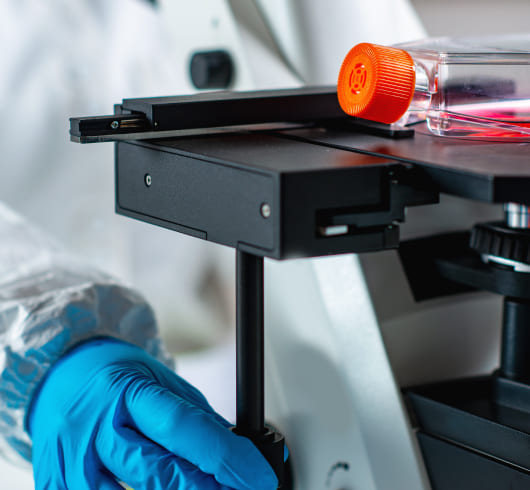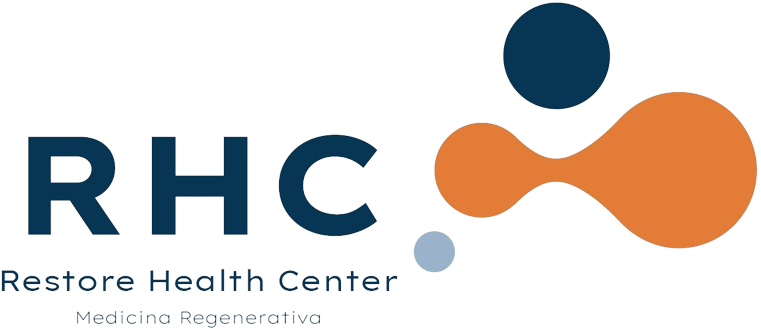
Scientific Support
Several specific studies are emerging on stem cell treatment and the potential it has to treat a wide spectrum of diseases.
Stem cells have the ability to become any other cell in the body and replace those that are dying, or release molecules into the environment that contribute to the repair of damage caused by diseases, traumas, and the aging process.
These stem cells have at least two main characteristics: they have the ability to differentiate into any type of specialized cell, given the right stimulus (differentiation), while they can remain as such and produce stem cells indefinitely (self-renewal).
This biological behavior of stem cells occurs naturally throughout life, but it can also be elicited in the laboratory: stem cells can be isolated in vitro from a small sample of donor tissue, which then they multiply in large quantities and can be differentiated into the type of cell that is needed, to then be transplanted into the same person from which they came or into another individual.
Its self-renewal feature could be used to replace brain tissues damaged by spinal cord injuries, strokes, Alzheimer’s disease, Parkinson’s disease, or other neurological problems.
Cells grown to produce insulin could help people with diabetes, and heart muscle cells could repair the damage left behind by a heart attack.
All of these areas of research are exciting, but embryonic stem cell-based therapies go far beyond cell transplants.
What the researchers learn from studying how embryonic stem cells develop into heart muscle cells, for example, could provide clues as to what factors may be able to directly induce heart muscle to self-regenerate.
Currently, regenerative medicine has obtained good results in the treatment of various diseases. Advances in the field of regenerative medicine have been closely linked to new knowledge about stem cells and their ability to become cells of different tissues, which has contributed significantly to qualifying them as the central pillar of regenerative medicine.
Advances have now allowed researchers to develop stem cells in a laboratory; these are manipulated to become specific types of cells, such as blood, nerve, or heart muscle cells. These cells can then be implanted in a person. For example, if the person has heart disease, the cells could be injected into the heart muscle; for people with damage to the knee joint, the placement of the stem cells is done directly in the joint.
The transplanted healthy heart muscle cells could then help repair damaged heart muscle. Researchers have already shown that adult bone marrow cells guided to become heart-like cells can repair heart tissue in people. Currently, there is more ongoing research on this topic. (Mayo Clinic, 2022)
